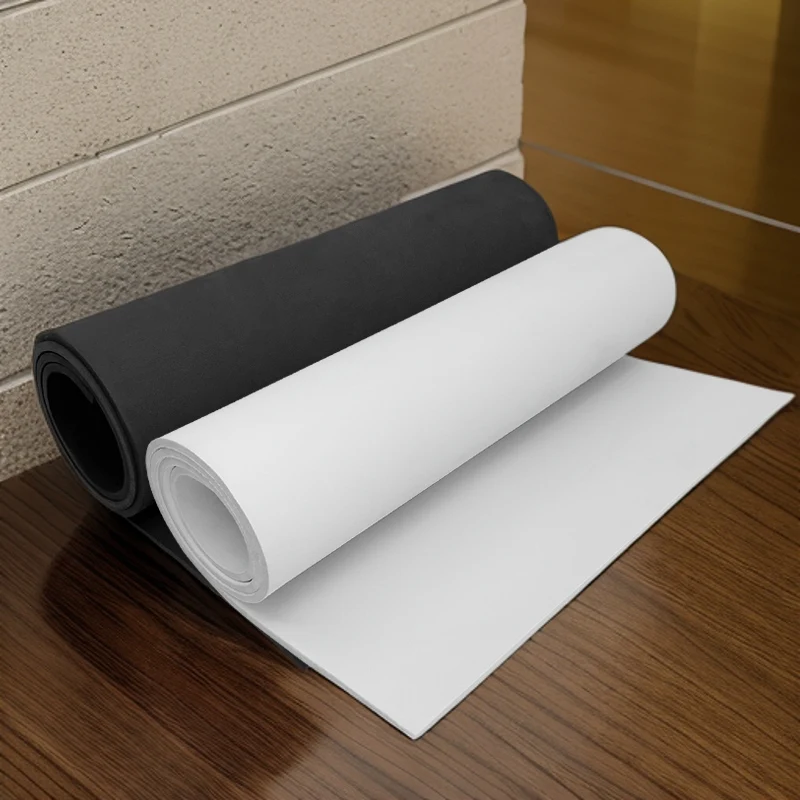PU fgoam for bra cups is an open-cell functional material formed by polymer polymerization, and its core characteristic lies in the controllability of the structure at the molecular level. Compared with traditional sponge materials, PU foam has achieved systematic improvement in performance.
Differences in material properties
The microporous structure of PU foam has the ability to be directional and regulated, and the pore size distribution and pore connectivity can be precisely controlled by adjusting the foaming process. This design gives the material a dual-effect function: the open-cell network forms an air circulation channel, and the hydrophobic molecular chain blocks liquid penetration. The pore structure of traditional sponges is random, and moisture is easily retained in the internal fiber gap after absorption.

Differences in deformation ability
The PU material used in PU fgoam for bra cups produces elastic deformation after being compressed, and the molecular chain entropy increase drives instantaneous rebound when the external force is eliminated. The elasticity of the sponge depends on the physical entanglement of the rubber molecular chain, and repeated compression can easily lead to permanent structural collapse.
So is PU fgoam for bra cups better in moisture and heat management?
The hydrophobic groups of PU foam can significantly reduce the moisture adsorption rate, and cooperate with the three-dimensional interconnected channels to accelerate airflow exchange, effectively suppressing the feeling of dampness and heat. After the sponge absorbs moisture, the thermal conductivity increases, which easily forms a local high temperature area.